In the competitive electric toothbrush market, battery selection plays a vital role in user experience, product lifespan, and cost control. Whether you’re launching an entry-level product or a premium smart toothbrush, understanding different electric toothbrush battery types is essential to align performance with your brand positioning.
This blog explores the key differences between lithium battery vs. NiMH battery, the importance of battery life optimization, and how to match the right solution through OEM customization.
There are two primary battery technologies used in electric toothbrushes today:
Understanding the pros and cons of each helps brands make informed decisions based on their market segment and performance goals.
Here’s a direct comparison of lithium battery vs. NiMH battery in the context of electric toothbrush applications:
| Feature | NiMH Battery | Lithium Battery |
|---|---|---|
| Energy Density | Moderate | High |
| Charging Time | 8–16 hours | 2–4 hours |
| Battery Life | 5–7 days | 10–20 days |
| Product Positioning | Entry to mid-range | Mid to high-end |
| Cost | Lower | Higher |
| Size | Larger | More compact |
For premium toothbrushes with smart features or sleek form factors, lithium batteries are ideal. For value-focused or budget models, NiMH batteries offer a balance of performance and affordability.
Beyond battery type, battery life optimization is key to delivering a strong end-user experience. Professional manufacturers optimize battery performance through:
These engineering practices help ensure that your product not only meets customer expectations but also complies with safety standards and extends time between charges.
Every brand has unique product goals. Through OEM customization, manufacturers can help:
Whether you’re targeting cost-sensitive retail markets or launching a high-end smart device, customization ensures the power solution enhances—not limits—your brand identity.
Choosing between lithium battery vs. NiMH battery isn’t just a technical decision—it’s a strategic one. A carefully selected power solution affects pricing, design, performance, and market perception.
By understanding electric toothbrush battery types, focusing on battery life optimization, and leveraging OEM customization, brands can develop products that are both functional and aligned with customer expectations.
? Partner with us to design a power system that delivers performance, reliability, and market impact—customized to your unique brand vision.https://www.powsmart.com/about-powsmart/
Overbleaching Risk and Gum Recession – Fair Trade?

How to Enhance Cleaning Power and Protect Teeth Through Technological Innovation
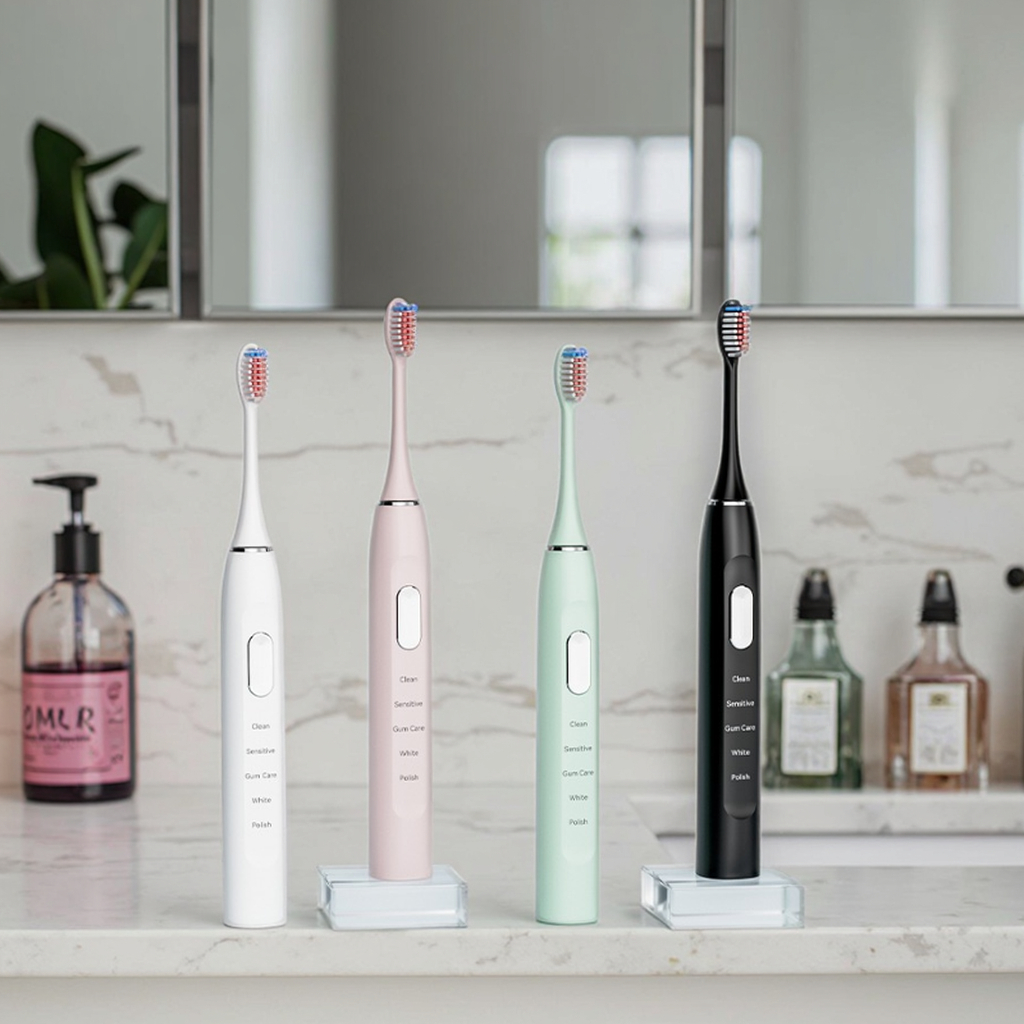
How Does Water Flosser OEM Manufacturing Differ from Dental Water Flosser OEM Specialization?
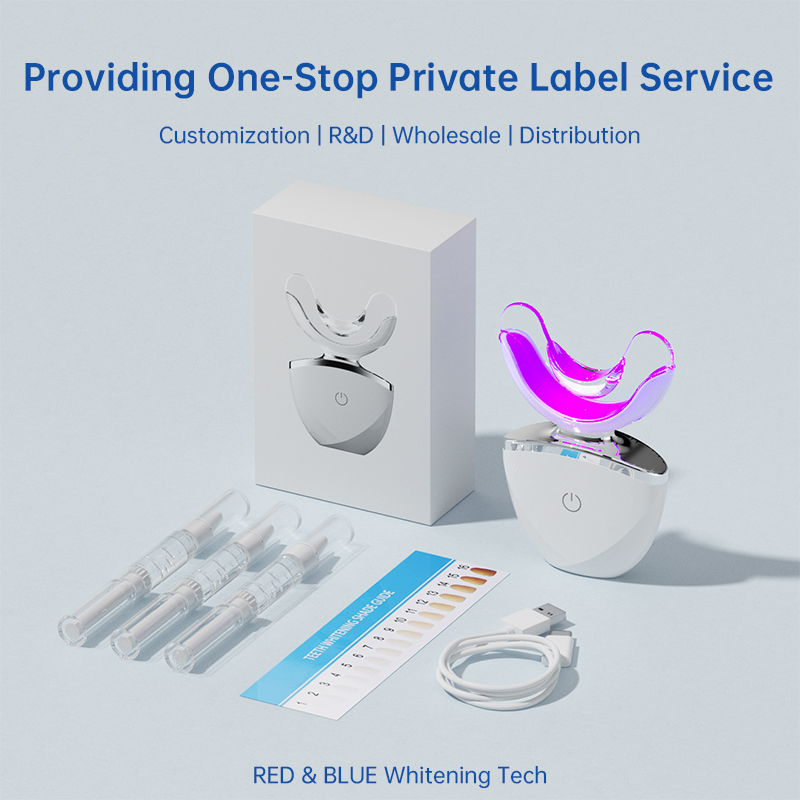
Professional vs. Home Use: Key Technical Differences in Teeth Whitening Blue Lights
Tampa Charger Replacement: Reliable Factory-Supplied Power Solutions
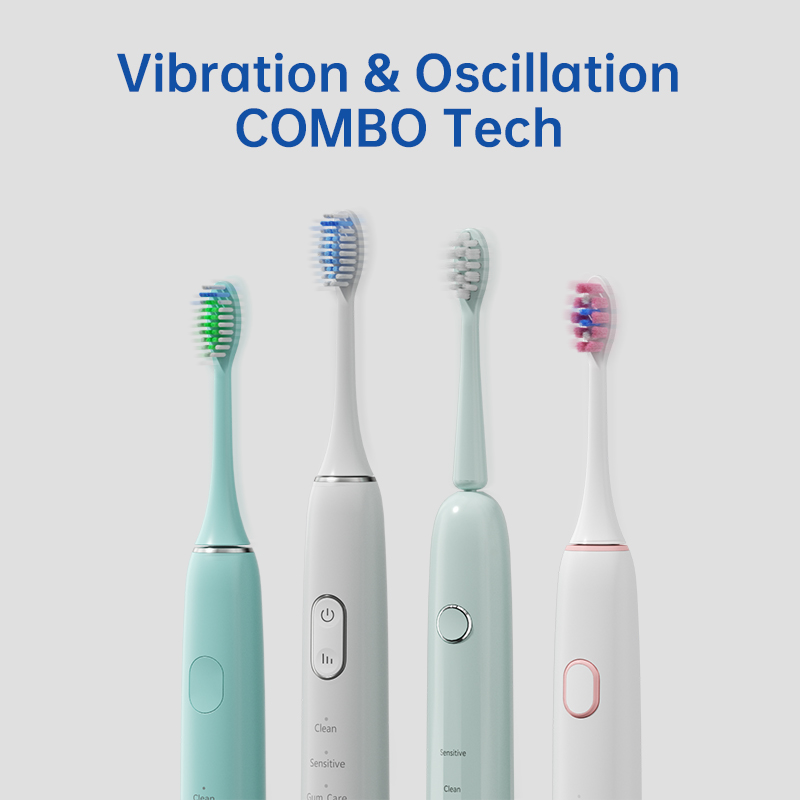
Travel Electric Toothbrush OEM: Compact and Portable Designs
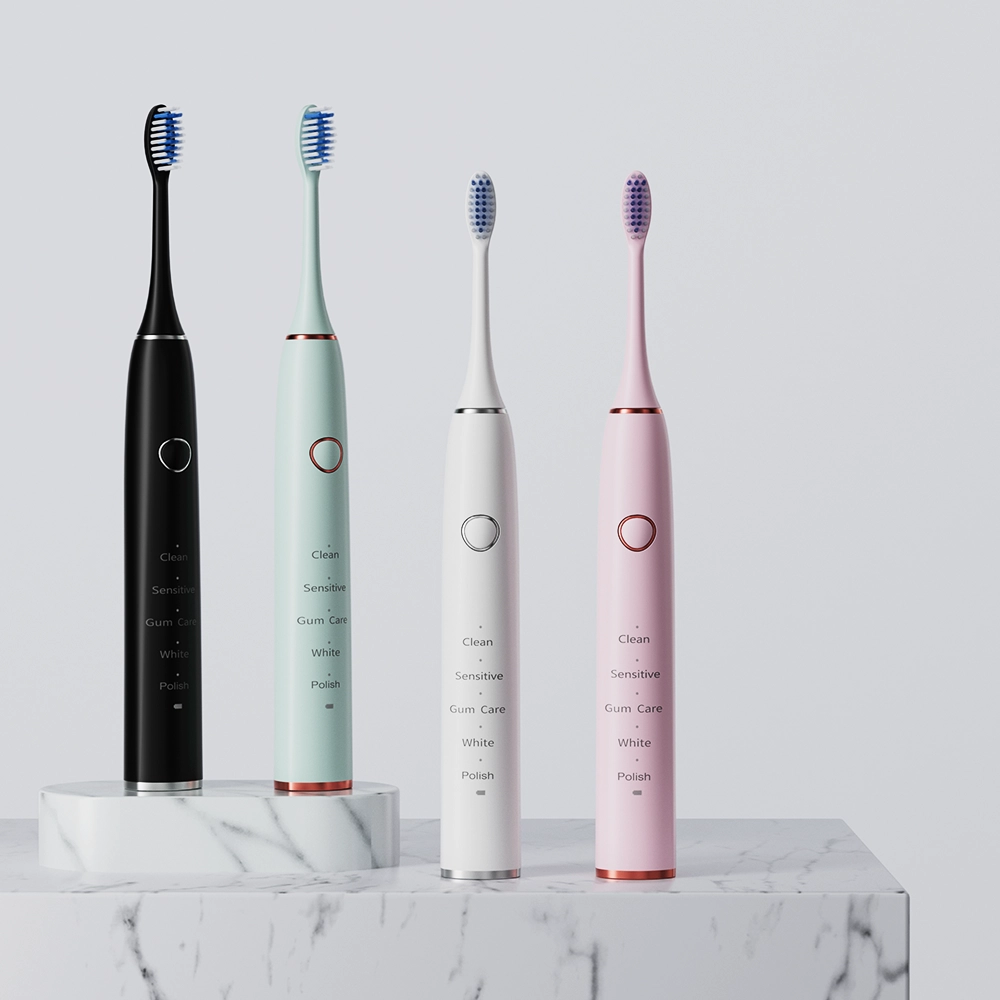
Our Electric Toothbrush Factory: Exploring the Manufacturing Process of Electric Toothbrushes
Diwali Offer Cheap Electric Toothbrush for Students Delhi

How Does a Polishing Brush Head Enable Enamel-Safe Whitening?
Electric Toothbrush Houston – Advanced Oral Care for Bright Smiles
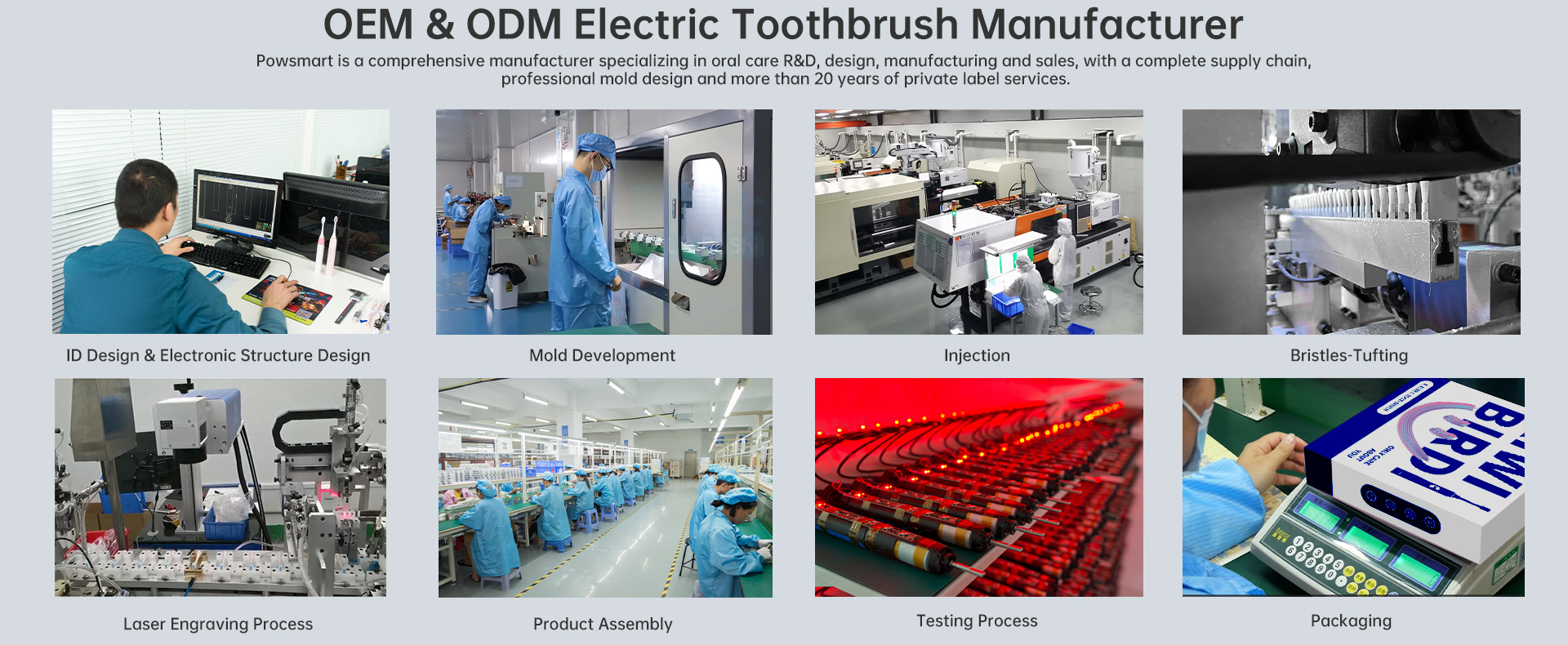
ISO 13485 Certification Interpretation: How Do Electric Toothbrush Meet Medical Device-Grade Production Standards?
Texas electric toothbrush distributor
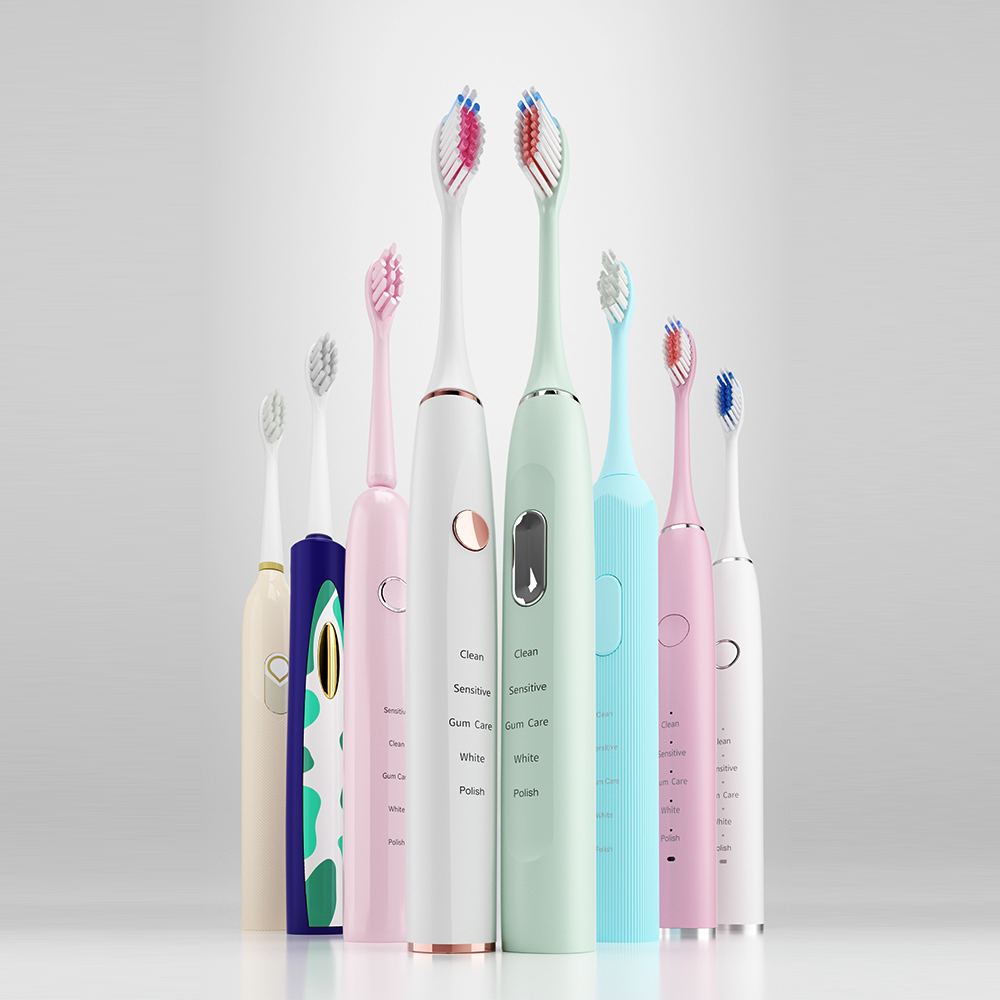
Innovative technology and development trend of electric toothbrushes
-3-scaled.png)
Home vs. Professional Red and Blue Light Teeth Whitening Devices: Wavelength Stability and Energy Density Comparison
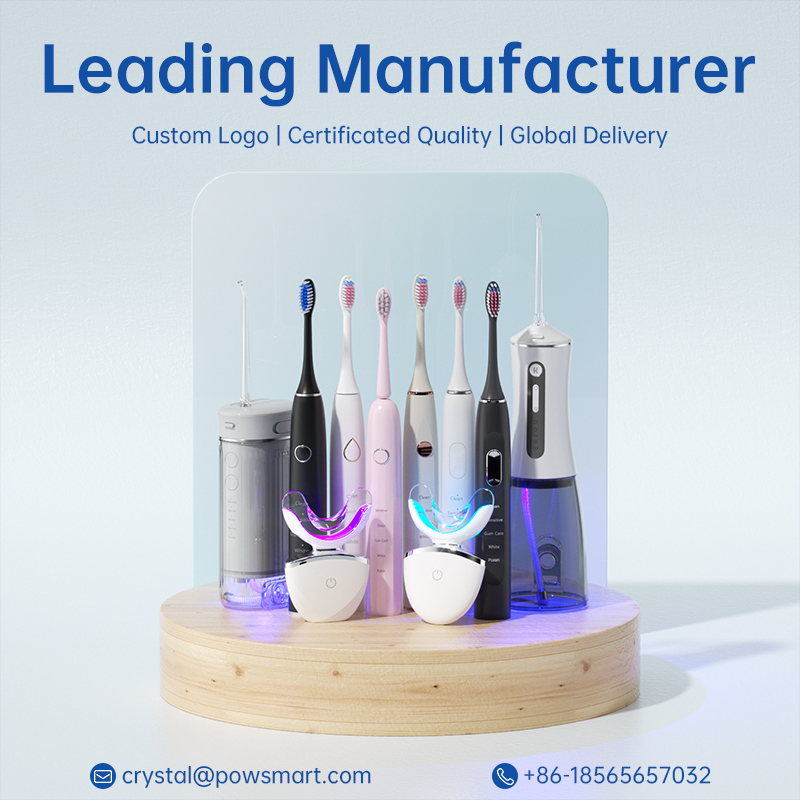
Cowboy Style Electric Toothbrush OEM – Western Theme Oral Care Products
.jpg)
Where to Find Electric Toothbrush Manufacturer Reviews to Identify the Best Electric Toothbrush for Distributors?

electric toothbrush heads Charcoal Infuse-Round

Private Label Whitening Gel

Customization Teeth Whitening Gel
.jpg)
Florida Electric Toothbrush – Powsmart PTR-C8

electric toothbrush heads Ultra Soft

Electric toothbrush heads Charcoal Infused-Diamond

electric toothbrush heads Regular Clean

electric toothbrush heads Deep Clean
whstapp
whstapp
National Toll-Free Service Hotline
+86 755 86238638